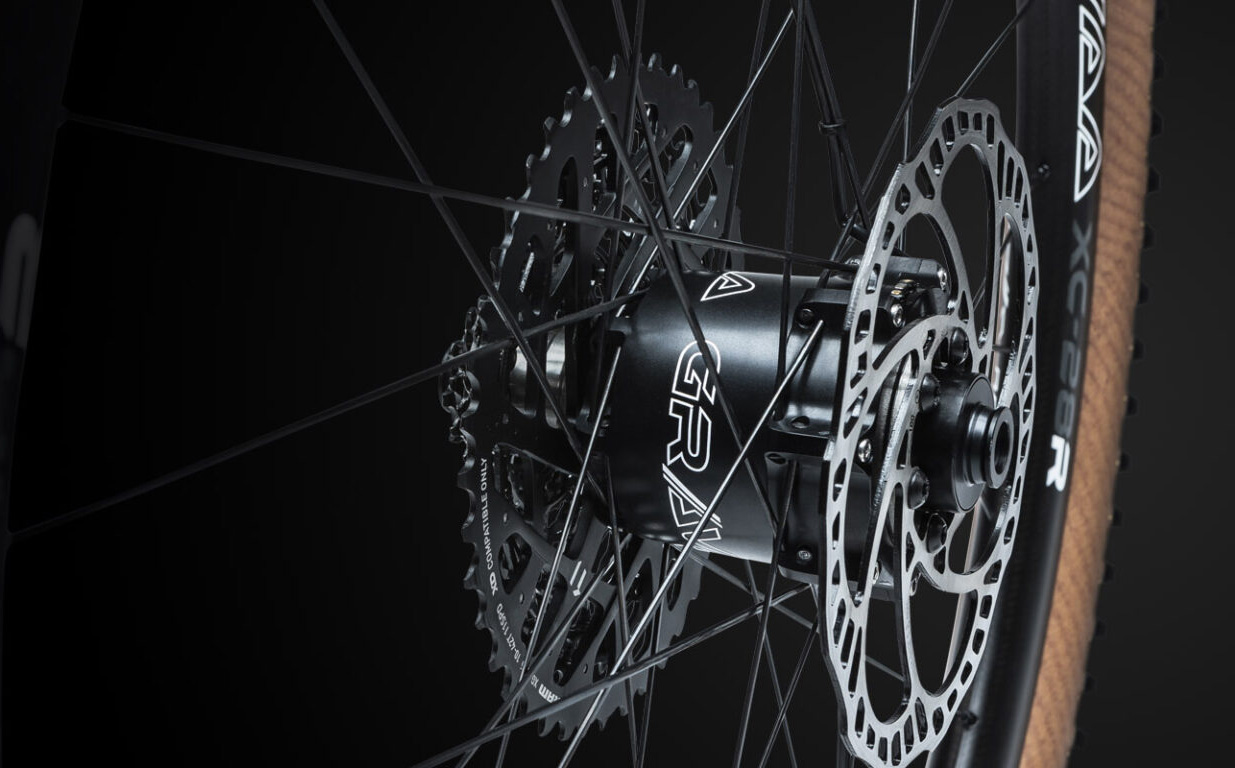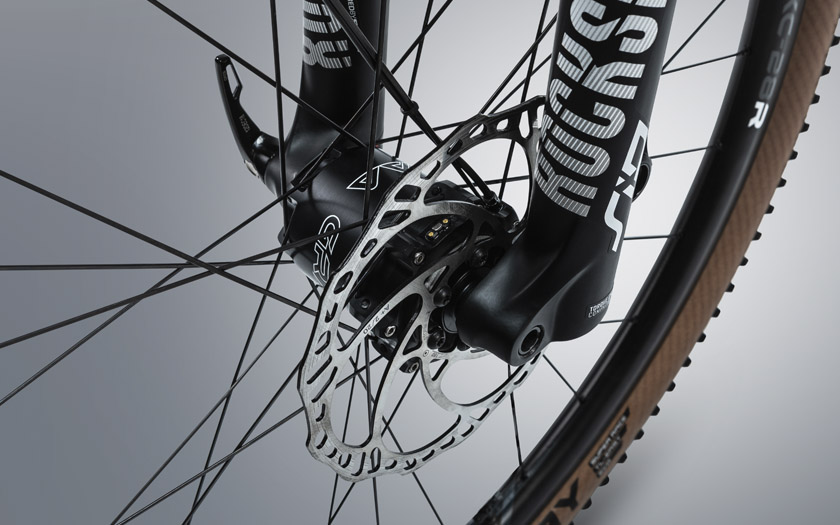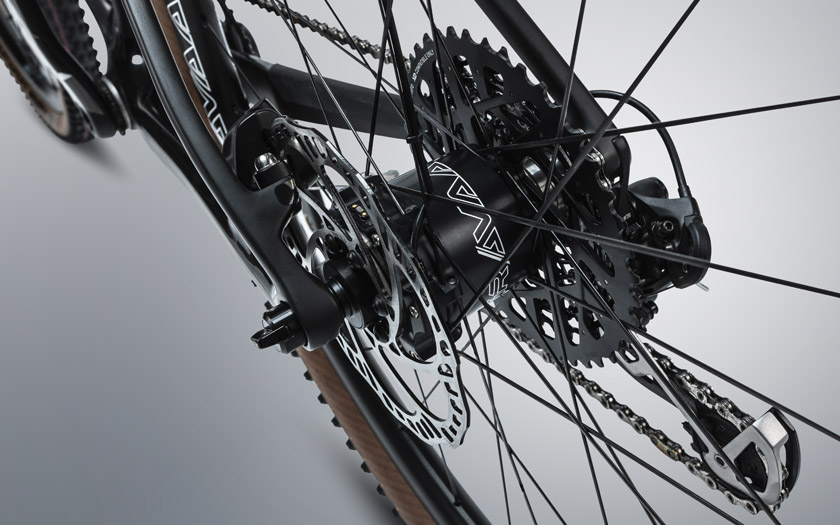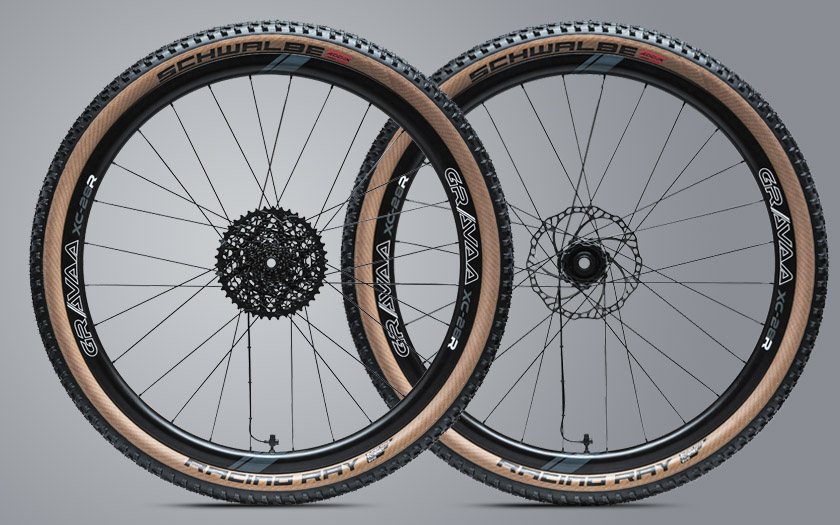In the offroading world, onboard or central tire inflation systems are fairly common. But in the cycling world, where weight is a much bigger consideration, onboard tire inflation systems have struggled to catch on. That isn’t for lack of trying though. We’ve seen everything from self-inflating inner tube concepts, to White Crow’s functioning hub-based inflation system. Now, there’s a new challenger to try and make the concept stick – Gravaa.
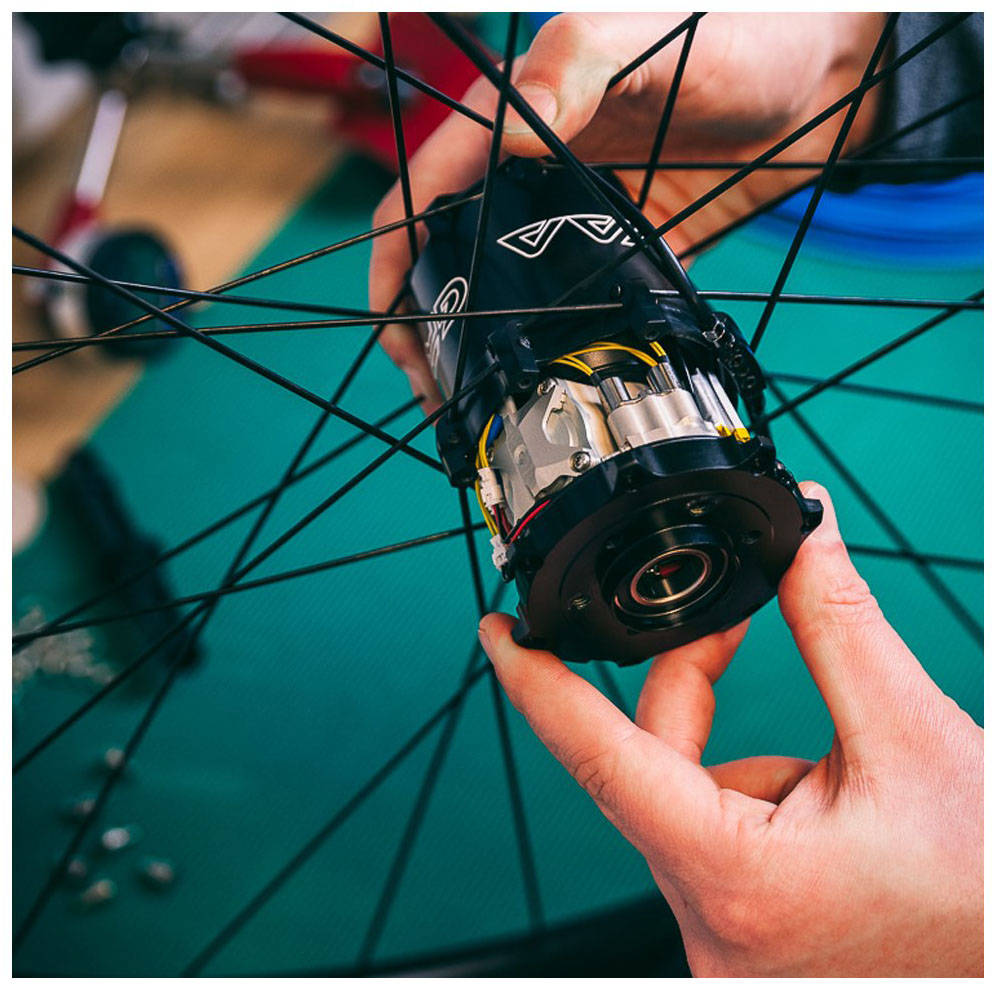
What does Gravaa hope to achieve here? Imagine that you could automatically inflate or deflate your tires while you were riding. Say, increase pressure for a long road section, and then decrease that pressure for increased traction off road without having to get off your bike? There’s also the possibility of completely eliminating flats short of large cuts in the tire. If you got a puncture that sealant couldn’t fix, the integrated pump could continually add small pressure increases to get you home – without a flat kit.
Designed in the Netherlands, and produced in Europe, Gravaa plans to offer complete wheel systems that will be compatible with existing gravel and mountain bikes. The wheels will focus on offering a lighter solution than previous efforts by other concepts including carbon rims. However, weight figures are currently unavailable. For reference though, White Crow currently lists their system as each hub having a 350g weight penalty compared to a standard hub with the addition of a 200g in-tire chamber. So roughly 550g per wheel. It will be interesting to see if Gravaa can improve on those numbers considering the White Crow is a fully mechanical system, where Gravaa seem to indicate that it will include electronic components.
Details are still slim, but Gravaa states that each hub “stores a miniature high-pressure pump, clutch unit, and electro-pneumatic control system.” That clutch means that the system will only engage when you need it – which is good, since it may increase drag. From the hub, a small hose makes its way to the valve on each wheel, where tire pressure adjustments are made.
The electro-pneumatic control system allows the hub to connect to your bike computer via ANT+. Theoretically, with the right head unit, you will be able to control your tire pressure on the fly and see the data in real time at your bars.
This could also make for some interesting tire and tire pressure testing as individual riders will be able to make small changes in pressure while riding and instantly feel the results.
Currently, there are no set dates for availability, but Gravaa states that they will begin accepting pre-orders “in a few months” once their web store is launched. If you want to keep up to date, they offer a newsletter subscription on their page to stay informed on their progress.
